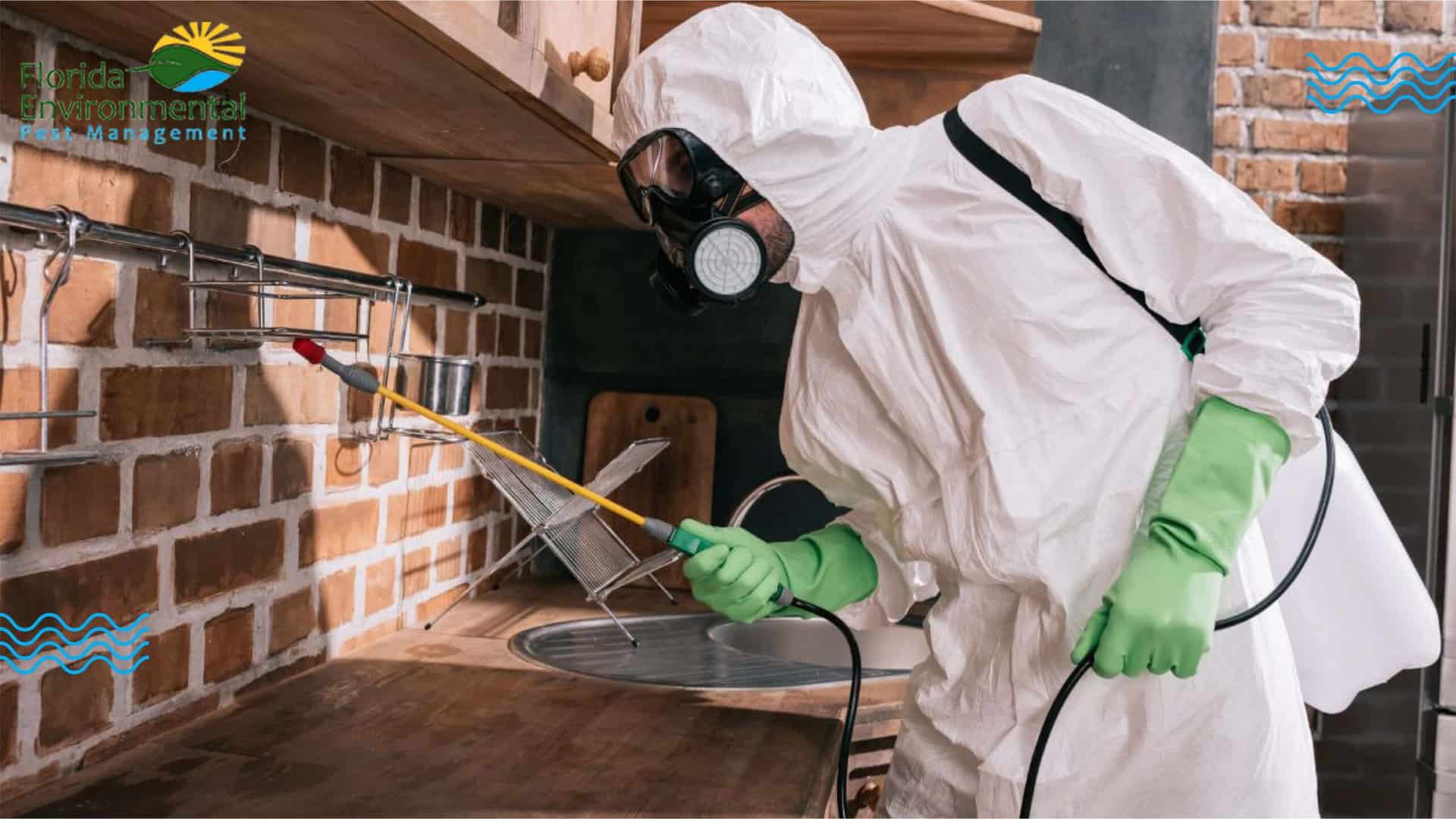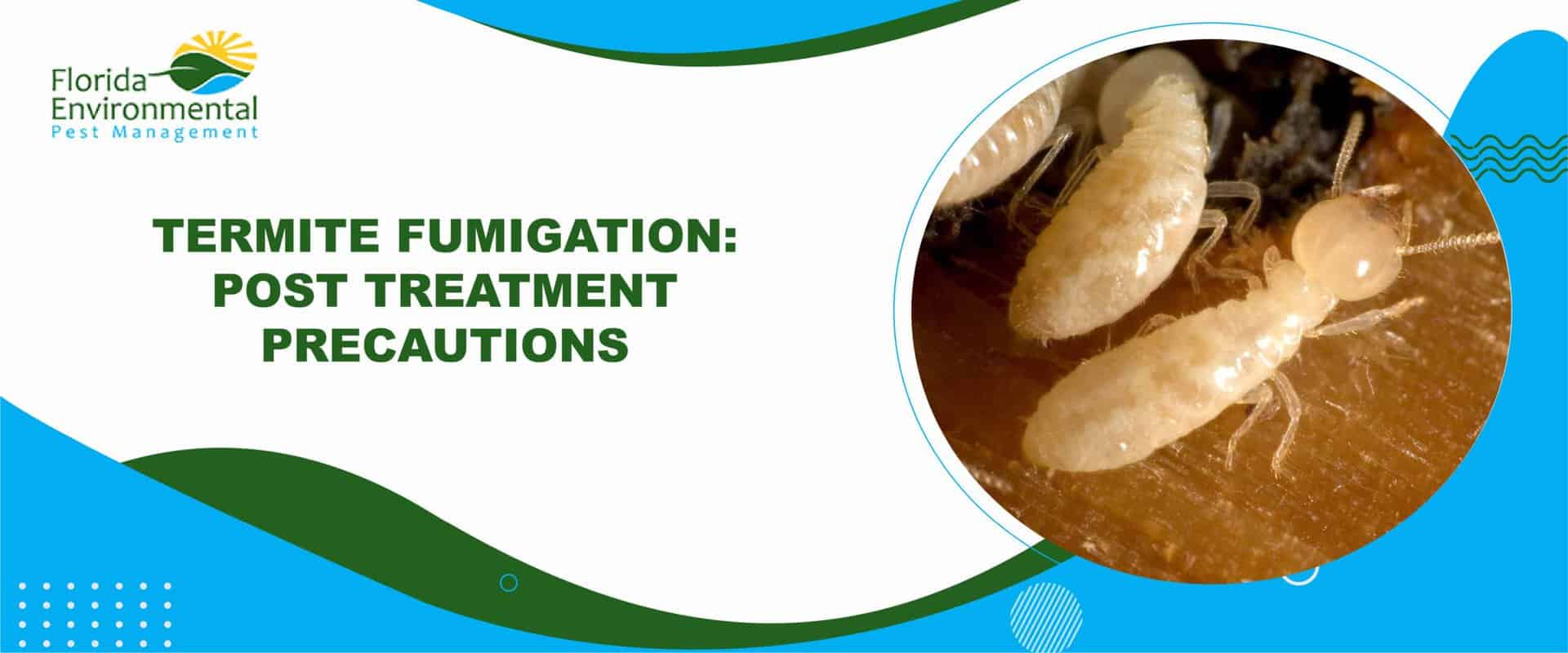Termites are known to cause significant economic damage across homes and industrial buildings. They attack more than 600,000 homes in the US per year and cause damages worth up to $5 billion annually. In addition, termites consume the core of building materials, leaving the structures weak and eventually causing them to crumble.
This makes it imperative for homeowners to schedule regular structural checks and treatments to kill off these pests and prevent further invasion. Unfortunately, you may still need fumigation to take care of an infestation. Here is everything you need to know about preventive measures for post-termite treatment.
How Long Do Termites Live After Treatment?
Whether you are dealing with dry wood termites or subterranean termites, it’s essential to understand that the extent of the infestation impacts the treatment regiment’s effectiveness. Worker termites require moist soil to survive, so treatment measures are usually targeted at hindering the transfer of moist soil into the structure and keeping the humidity low. So, within a few days to weeks, the termites start dying depending on the treatment.
Once the worker termites die, you might notice a swarm even after the treatment. This is due to their organs having adapted to withstand dry conditions, so they tend to survive the first few days after treatment. The treatment might take some time before it reaches the queen, so it won’t look like it is working. Once the queen of the colony dies, the rest follows. All you will have to do is sweep up the dead termites.

Can Termites Come Back After Treatment?
Termites are stubborn insects and one of the hardest to control. They find their way into homes as long as they detect a food source. Therefore, termite treatments might not provide a permanent solution to the problem, but if preventive barriers are installed, re-entry is made impossible for them.
They also replicate fast, so even if the treatment kills them, the few that get missed can reproduce in no time. However, with dry wood termites, re-entry is not likely to happen.
The treatment has to be continuous with regular checks and maintenance that help detect new colonies early. Installing preventive chemical barriers that will be effective and long-lasting helps kill termites and avoid termite infestation. Hiring a professional and experienced termite control company instead of doing it yourself goes a long way in ensuring these insects do not come back to your property.
What To Do After Termite Fumigation
While we always recommend hiring a professional for inspection and maintenance, there are things you can do to help mitigate any issues and remain a termite-free home. Here are the things you should do after the fumigation process, and it’s safe for your return.
Hire A Cleaning Company
Your entire home needs to be cleaned thoroughly after fumigation. Some companies use poisonous gas and other dangerous chemicals during the treatment. These things are hazardous for your family, and you want to keep your pets safe too. It may help to find a cleaning company that specializes in post-fumigation cleanings. All the surfaces and all the doors should be paid close attention to.
Apply A Sealant To Outside Wood Surfaces
If you have a shed, gazebo, or detached garage, it’s a good idea to apply paint and sealant to their exterior surfaces. If not, you risk inviting termites to your property. This will lead to a blight in your house. If you have a wood fence, you should have someone re-treat them as well.
Remove Dead Wood
Any dead shrubbery or trees need to be removed from the property. Dead wood is attractive to termites and is their role in the cycle of life. Have someone come and haul it away to a safer location, so it does not infest someone else’s home.
Watch Your Firewood
Your firewood is a tasty attraction for dry wood and subterranean termites. You don’t have to get rid of it altogether, though. First, be sure that your firewood is not sitting on the ground. Instead, it should be placed in a bin or shelving system that is not made of wood. Keeping it off the ground is the first step. The next step is to make sure that it is not sitting up against the house. Once a few termites find it up against the home, you will have a colony inside in no time.
Stop Using Mulch
Mulch is beautiful to use along a path and in gardens. Unfortunately, mulch is a real treat for termites, and you are just asking insects inside your home. Consider using rubber mulch, pumice rock, hay, or leaves instead.
Restore The Home
The best thing you can do is restore the areas of the home where the infestation lived. Even if it doesn’t look like much damage, support beams and such are weakened by their presence. If you leave it as is, you could end up with more significant problems later on and more costly inspection fees.
We Are Your Best Bet
You can only do so much when dealing with termites. Rather than go it alone, call us for a consultation. An exterminator will come and assess your home and come up with a plan to tackle your issues. If fumigation is necessary, a licensed fumigator will conduct the process. Afterward, there is a maintenance plan that includes things you should do to help battle termites. We are just a phone call away.





